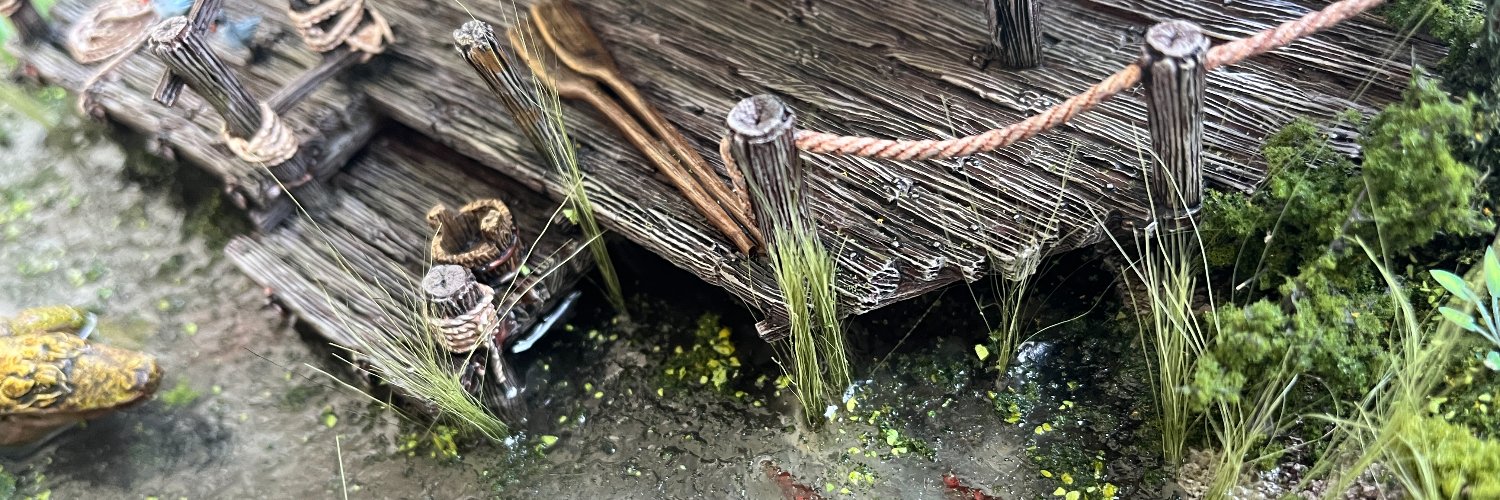
Diego del Alamo
@DdelAlamo
Protein engineering & synthetic biochemistry @GSK Opinions my own https://linktr.ee/ddelalamo
Our several-years-old fix to ProteinMPNN's tendency to make weird antibody CDR seqs is finally out. We run an antibody LM in parallel & added its logits to ProteinMPNN's, fixing most issues we encountered. It also increased % of HER2-binding trastuzumab designs >10-fold
Adapting ProteinMPNN for antibody design without retraining biorxiv.org/content/10.110… #biorxiv_bioeng
Long shot but does anyone have either a web server for alphaflow, a colab notebook for alphaflow, or some spare compute they'd be willing to share? I'm GPU-poor for the next two months and want to try something for a personal project
PSA: If you're trying to run the Boltz ColabFold notebook and finding that it's crashing with this error, it's because you need to switch to an A100 GPU; the notebook no longer works with T4/L4 GPUs
Excited to unveil Boltz-2, our new model capable not only of predicting structures but also binding affinities! Boltz-2 is the first AI model to approach the performance of FEP simulations while being more than 1000x faster! All open-sourced under MIT license! A thread… 🤗🚀
Does anyone know if there are any published examples of a head-to-head comparison of SE(3) transformer/structure module vs diffusion for protein structure prediction?
Anyone have a good reference or review for what current reinforcement learning techniques are being used for stuff like fine-tuning PLMs for predicting variant effects, function, etc?
Pretty good slides from a recent presentation on this: De novo prediction of protein structural dynamics Diego del Alamo, PhD Principal Scientist, Protein Design & Informatics, GSK delalamo.xyz/assets/post_im…
We also assess protein fitness prediction in ProteinGym comparing a couple existing models with structure-based models and ensembles that combine structure with other modalities. That builds on the StructSeq idea (openreview.net/forum?id=8PbTU…). Simple ensembles do quite well. 4/
I find that this graphical abstract communicates the key finding quite effectively (DOI: 10.1021/acs.jcim.4c00049)
The underlying premise here is already wrong - scientific publications are generally (unfortunately) not a high-signal resource. - The graph of biomedical entities (symptoms, diseases, conditions, biomarkers, ...) is highly interconnected. Literature basically connects any…
I still haven't heard a good answer to this question, on or off the podcast. AI researchers often tell me, "Don't worry bout it, scale solves this." But what is the rebuttal to someone who argues that this indicates a fundamental limitation?
You can’t post a random picture and expect people to understand it.
You can’t post a random picture and expect people to understand it.
That concludes my list of favourite papers 2001-2023. I plan to do another one in a couple of decades... The list is collected for convenience at jgreener64.github.io/posts/favourit…. (1/3)
Favourite paper of 2023 "Updated benchmarking of variant effect predictors using deep mutational scanning" by Livesey and Marsh. (1/4) embopress.org/doi/full/10.15…
The silliest thing is that even though the sequence is only 58% similar to closest training set sequence, almost half of the "novelty" (the unaligned 42%) is from one other sequence. Much less novel than advertised! Can't find original tweet but IIRC @btnaughton saw this first
Anyone know the state of the art for how to pool embeddings from LLMs in natural language? Are we still doing mean pooling?
pLDDT for the housing market
Houses in the west and south tend to be much newer than those in the northeast and midwest. On average, American housing stock is currently the oldest it's ever been.
